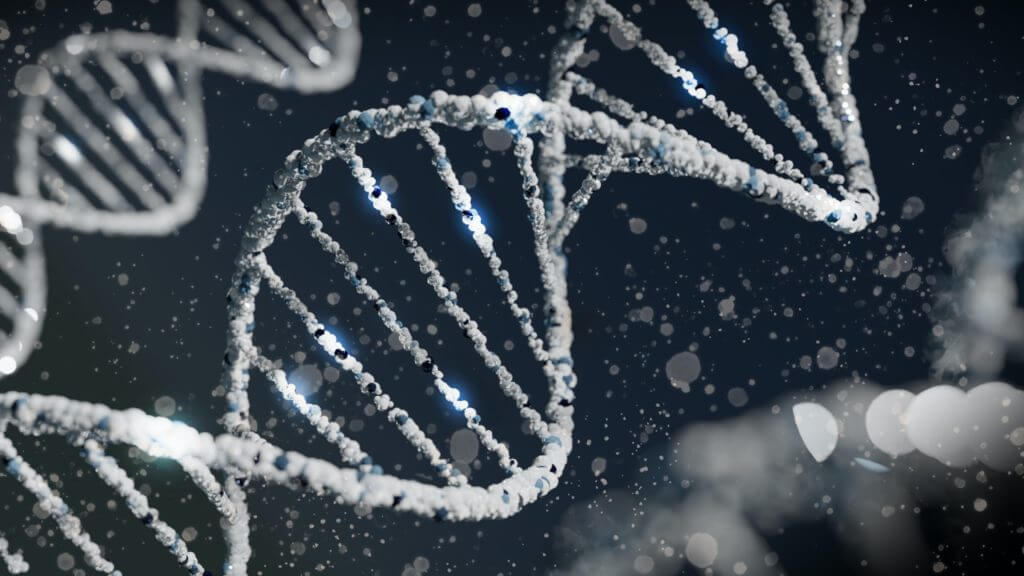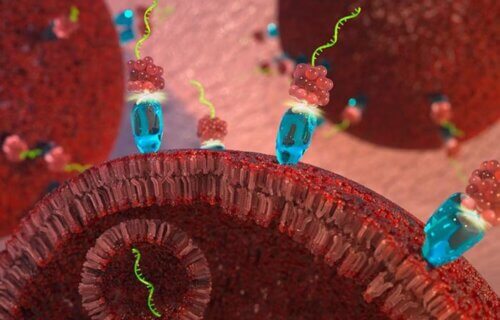WEST LAFAYETTE, Ind. – The new way to defeat cancer may be tricking the disease into self-sabotage. Cancer researchers have devised a cancer therapy where cancer cells are fooled into absorbing a small portion of RNA that would block cell division. In a 21-day study, tumors exposed to the therapy did not grow, while untreated ones tripled in size.
One of the hallmarks of cancer is cells dividing uncontrollably, ignoring signals that would tell them to stop or die. With the rapid spread of cancer cells and dysfunction in bodily organs, the immune system is often powerless against tumors.
During experiments with mice, study authors found the new cancer therapy uses a delivery system to target cancer cells with a specially modified version of microRNA-34a. It is a short double strand of ribonucleic acid attached like the teeth of a zipper along a sugar-phosphate chain. The two strands are unevenly zipped, with one part acting as a guide for a protein complex to the worksite in the cell while the other side is destroyed.
This RNA piece is usually in high amounts in healthy cells but not in cancer cells. MicroRNA-34a acts similar to brakes on a car, where it slows down cell division and largely all tumor growth. The second role of this molecule is to suppress the expression of three genes known to promote the spread of cancer and resist cancer treatments — MET, CD44, and AXL44 — for 120 hours.

“When we acquired the data, I was ecstatic. I am confident that this approach is better than the current standard of treatment and that there are patients who will benefit from this,” says Andrea Kasinki, an associate professor of biological sciences at Purdue University and lead author of the study, in a media release.
One benefit of this method is that the modified microRNA-34a has small clusters of atoms on its strand, which helps prevent the natural breakdown of RNA. It also evades detection from an immune system that would find this foreign RNA segment a threat and destroy it.
To make sure the modified microRNA-34a reached cancer cells, the study authors attached it to a molecule of the vitamin folate. All cells have folate receptors, but several types of cancer cells have an unusually high amount of folate receptors on the cell surface, ready to absorb the vitamin. Once bound to folate receptors on the cancer cell, the RNA piece is moved to a little bag of the cell membrane called the vesicle. The microRNA-34a escapes this vesicle prison and sets off to slow down cell division.
With the targeted approach, the researchers estimate the dosage for this cancer therapy would be low. If so, it could potentially reduce the risk of adverse side-effects, toxicity, and cost. Human clinical trials have not started, but planning the study is the next phase for this potentially groundbreaking therapy.
The study is published in the journal Oncogene.
You might also be interested in:
- DNA study uncovers 58 new mutations that trigger cancer
- Elephant genes could hold the secret to preventing cancer
- New cancer treatment uses sound waves to obliterate tumors and kickstart immune response

